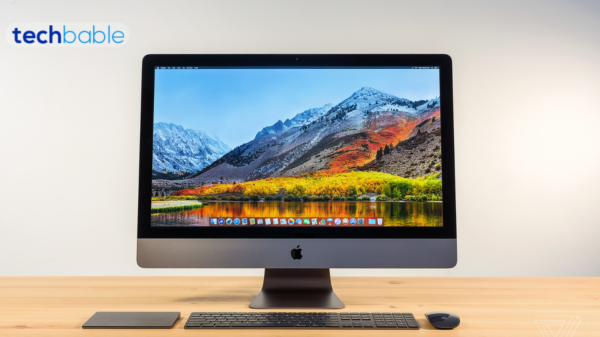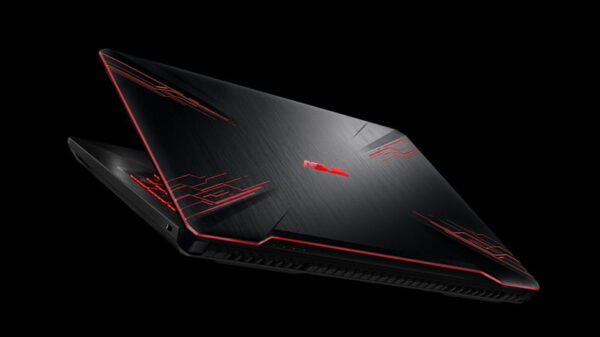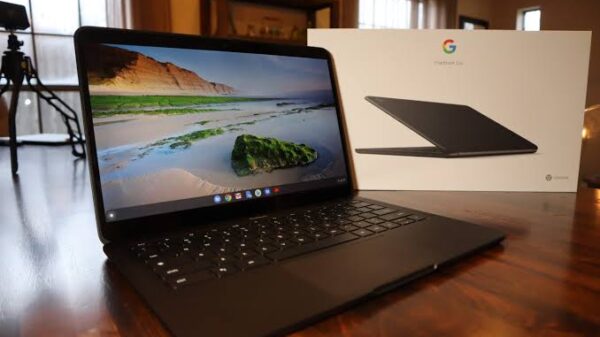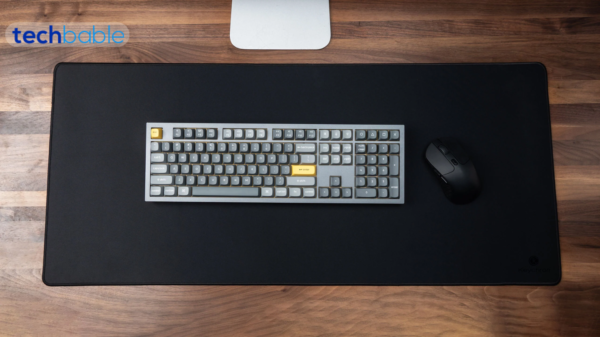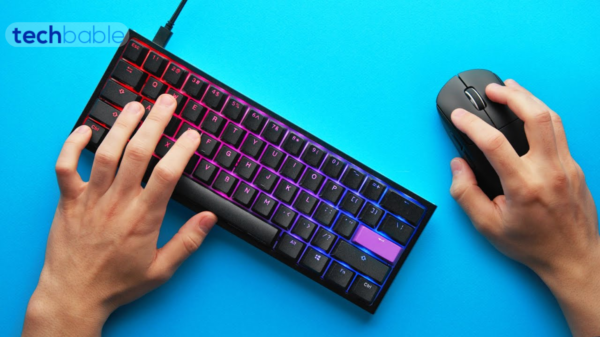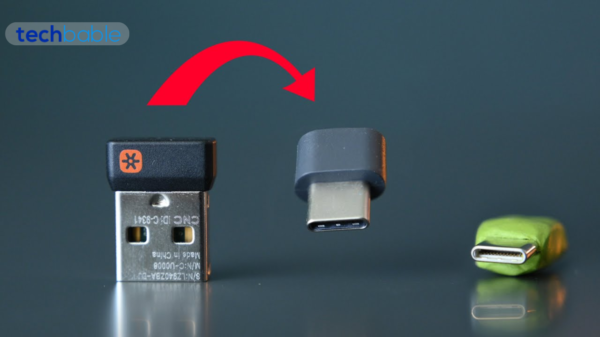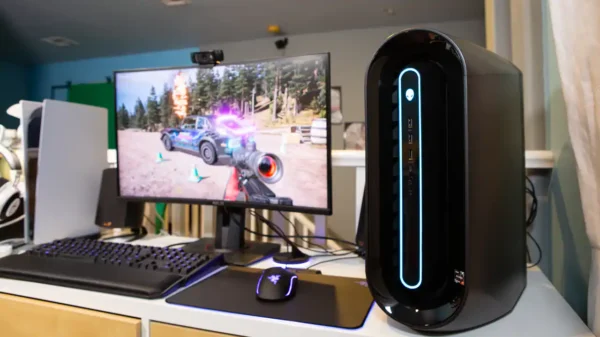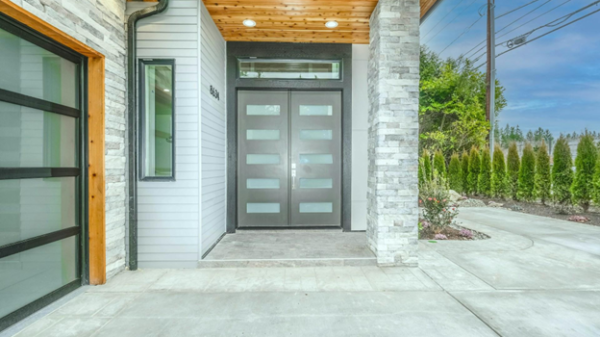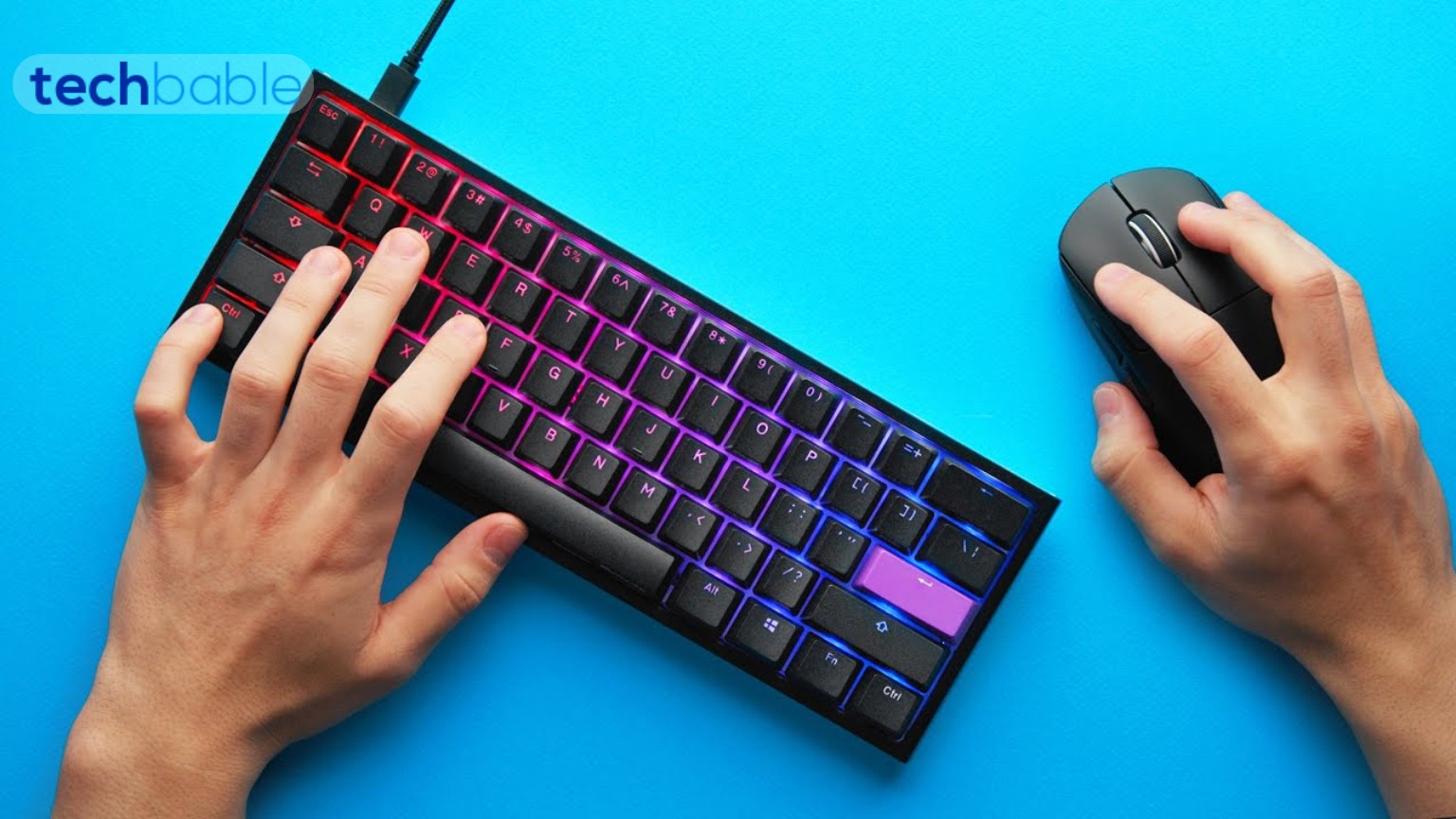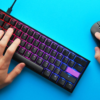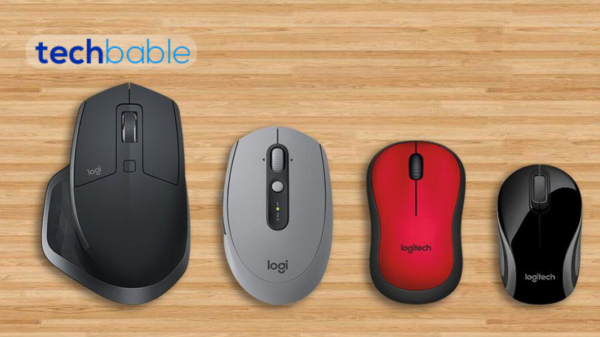A 60% keyboard refers to a compact keyboard layout that typically lacks the function row, number pad, and navigation cluster found on a standard full-size keyboard. Despite its smaller size, a 60% keyboard usually retains the main alphanumeric keys, punctuation keys, and some essential function keys. These keyboards are popular among users who prioritize portability and desk space efficiency, such as gamers and programmers. They often rely on function layers accessed through key combinations to provide access to missing keys and functionalities. The compact design makes them suitable for use in environments where space is limited, such as in cafés, on small desks, or in gaming setups where mouse movement is crucial.
What is a 60% keyboard for?
Workstations with Less Space:
Reducing the amount of space on your desk is one of the main goals of 60% of keyboards. They are ideal for people who want a tidy and uncluttered workspace or who have a small desk area.
Portability:
60% of keyboards are incredibly portable due to their small size and lightweight.
Is 60% or 65% keyboard better?
Whether a 60% or 65% keyboard is better depends on individual preferences and specific use cases. Here’s a comparison to help you decide which might be more suitable for you:
60% Keyboard:
Pros:
- Extremely compact design, saving space on your desk.
- Lightweight and highly portable, making it ideal for travelers or users who frequently move their keyboard.
- Minimalist aesthetic appeals to users who prefer a clean and clutter-free setup.
- Often more affordable compared to larger or more specialized keyboards.
Cons:
- Fewer keys mean more reliance on function layers for accessing certain functions, which can require a learning curve.
- Some users may find the absence of dedicated arrow keys and function rows inconvenient, especially for tasks like data entry or spreadsheet navigation.
65% Keyboard:
Pros:
- Slightly larger than 60% of keyboards, offering additional keys like arrow keys and dedicated function row keys without sacrificing too much space.
- More keys mean less reliance on function layers, providing a more familiar typing experience for some users.
- Still relatively compact and portable compared to full-size keyboards, making it a good compromise between size and functionality.
Cons:
- May not be as compact or portable as 60% of keyboards, which could be a drawback for users who prioritize extreme portability.
- Cost may be slightly higher compared to 60% keyboards due to the additional keys and functionality.
Ultimately, the choice between a 60% and 65% keyboard comes down to personal preference and how you intend to use the keyboard. If you prioritize maximum portability and a minimalist design, a 60% keyboard may be the better option. However, if you value a slightly more comprehensive layout with additional keys for convenience, a 65% keyboard could be the way to go.
Is it harder to type on a 60% keyboard?
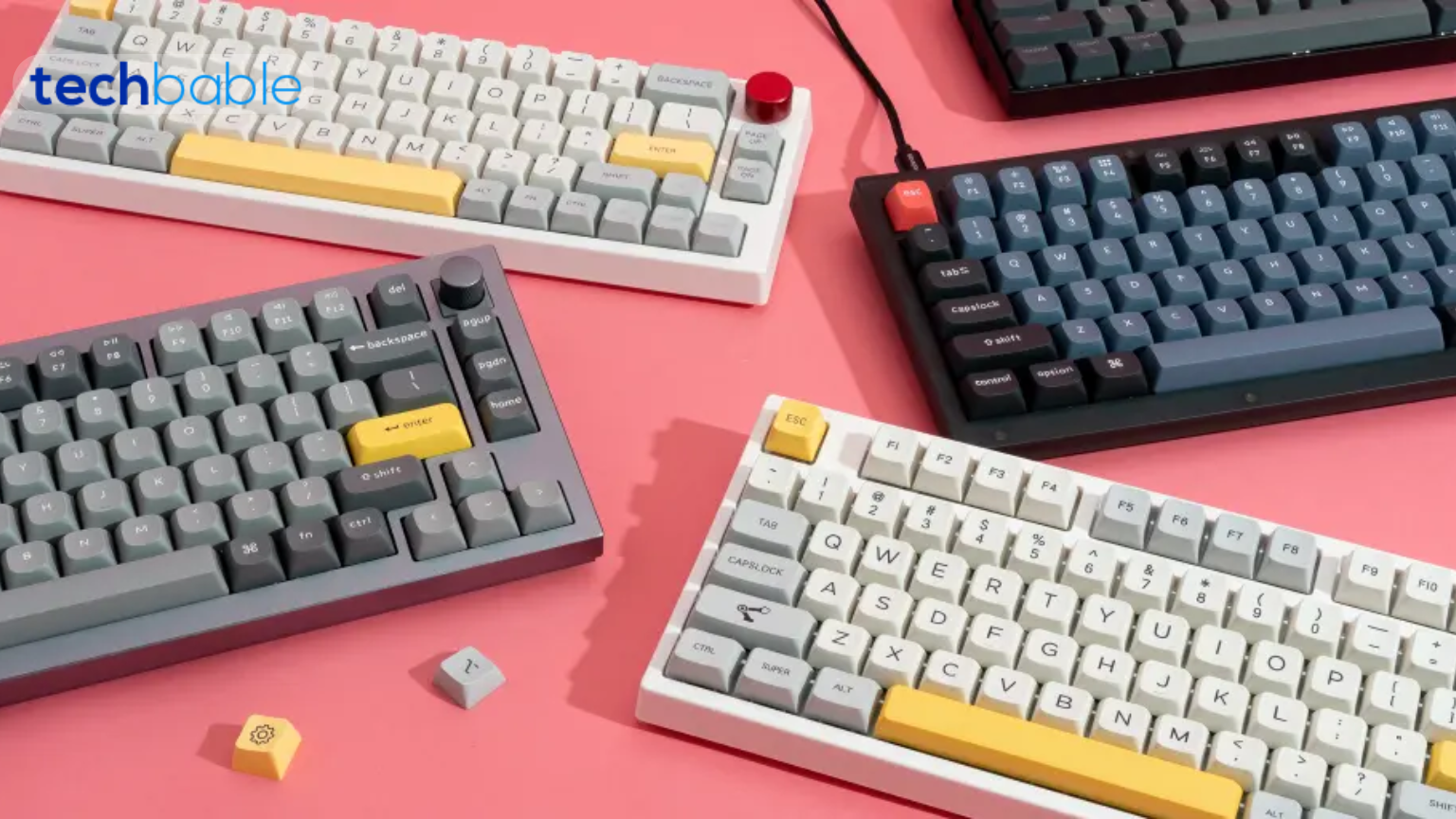
60 keyboards can be utilized by someone with large hands, albeit it could take some getting accustomed to. While some might find the layout a little too small, others could like the faster typing and less hand movement.
However, with practice and familiarity, many users find that typing on a 60% keyboard becomes easier over time. Muscle memory develops, and users become more efficient at accessing functions through function layers. Additionally, the compact layout can lead to less hand movement, potentially reducing strain and improving ergonomics once users adapt to the new layout. Ultimately, whether typing on a 60% keyboard is harder or not depends on the individual’s preferences, typing habits, and willingness to adapt to a new keyboard layout.
What is a 70% keyboard?
A 70% keyboard refers to a compact keyboard layout that falls between a 60% and a tenkeyless (TKL) keyboard in terms of size and functionality. While configurations can vary slightly between different manufacturers, a typical 70% keyboard retains most alphanumeric keys, punctuation keys, and some function keys while also including a dedicated row for function keys (F1-F12) and possibly additional keys like arrow keys and navigation cluster keys. The main features of a 70% keyboard include:
Compact Size:
A 70% keyboard is more compact than a TKL keyboard but larger than a 60% keyboard. It strikes a balance between space-saving and providing essential keys and functionalities.
Additional Functionality:
Compared to a 60% keyboard, a 70% keyboard typically includes dedicated function keys (F1-F12) and may also feature dedicated arrow keys and navigation cluster keys, eliminating the need for extensive use of function layers.
Portability and Efficiency:
While not as compact as a 60% keyboard, a 70% keyboard still offers a relatively small footprint compared to full-size keyboards, making it suitable for users who want a balance between portability and functionality.
Customization:
Like other compact keyboard layouts, 70% of keyboards often support customization options such as programmable keys and RGB lighting, catering to users’ preferences and needs.
A 70% keyboard provides a compromise between the compactness of a 60% keyboard and the functionality of a TKL keyboard, making it a popular choice for users who require essential keys and functionalities in a smaller form factor.
Final remarks:
A 60% keyboard offers a highly compact and space-efficient typing solution suitable for users who prioritize portability, desk space optimization, and a minimalist design aesthetic. While initially challenging due to its reduced key count and reliance on function layers for accessing certain functions, users can adapt and become proficient with practice.
The benefits of a 60% keyboard include its lightweight and portable design, making it ideal for travelers, gamers, and users with limited desk space. Its minimalist aesthetic can enhance the overall look of a workstation or gaming setup. However, users should be prepared for a learning curve when transitioning from a full-size keyboard, as the absence of dedicated keys may require adjustments to typing habits and workflows.
Ultimately, whether a 60% keyboard is the right choice depends on individual preferences and specific use cases. For those who prioritize extreme portability and minimalism, a 60% keyboard can be an excellent option, offering a balance between functionality and compactness.






